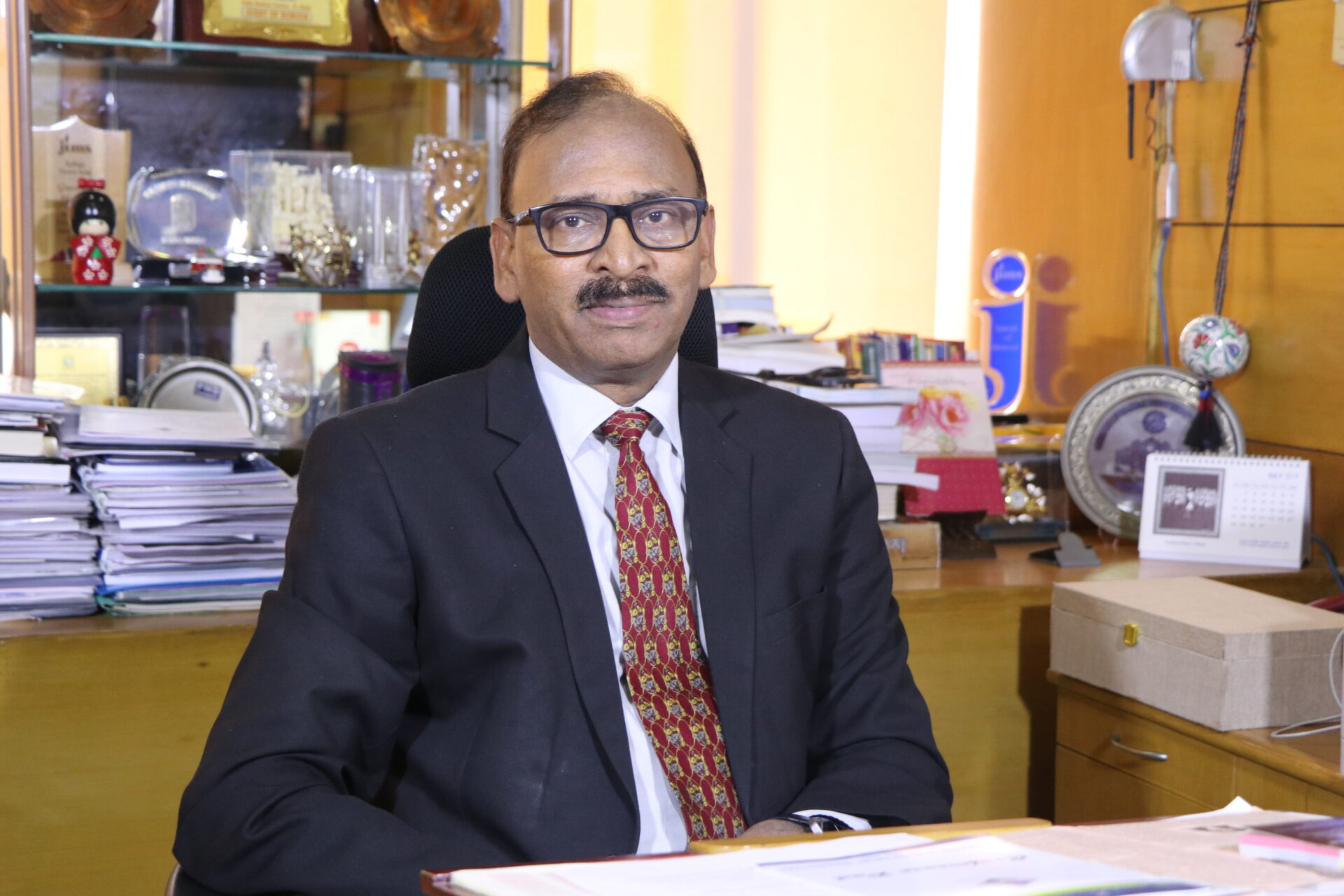There has been transformation in India’s exports led by the Government’s treatment of exports as a matter of national priority, infrastructure investment, and Prime Minister Narendra Modi’s best equations with some key counterparts which have helped in top FTA deals, Director General & CEO of Federation of Indian Export Organisations Ajay Sahai tells The Sunday Guardian
Q:As elections approach and India looks to a new innings in governance, how different is the export scenario now as compared to the decade earlier?
A:If you are looking at the period before the Modi Government, and at export performance, we have to see this from the prism of the entire ecosystem because exports cannot be taken in isolation. India had the advantage because we were not being bound by the discipline of the WTO. There are years in which during the previous government exports had moved up. Probably there were more schemes to support export because it was possible to provide that cushion. From that perspective after the first series of economic reforms in 1991, export has certainly been taken as a priority and export growth has been spectacular. However, since then, what we have seen is that since manufacturing was not doing well, exports staggered around USD 300 bn only. On a number of occasions, the Government came up with a strategy to take it to USD 500 bn but exports averaged between USD 320 bn, USD 330 bn, or USD 324 bn.
In the Modi era after India graduated out of the special and differential treatment policy in 2017, the earlier flexibility is no longer with us. We are more bound by the WTO discipline than we were earlier. Secondly, some of the countries have taken us to the dispute settlement board also. Unfortunately we lost the cases. Hence we were not having that elbow room to provide the support that was possible in the pre Modi era.
Q:By how much will exports grow in FY24 amidst various global challenges?
A: Export of goods and services should be up USD 10 bn in FY24. So far exports of goods are concerned, merchandise should be USD 435-440 bn. When it comes to services, I think it should be in the range of USD 360 bn. I believe that for the entire FY24, CAD may be 1 to 1.2 per cent.
Q:What has the Modi Government done differently to boost exports and which have helped battle various headwinds in the second term?
A: What really turned around exports is Prime Minister Narendra Modi’s meeting with exporters amidst the Covid. It sent out a larger signal that the Government is treating exports as a matter of national priority and that every stakeholder must have his share of responsibility. For example today every mission in India has their own target, I would say that it is a product matrix. There is better coordination, let’s say between FIEO and the Indian embassy in US because they also the need to meet the target and FIEO also feels that we have to push our exports. So there is commonality of interests. Thereafter the Commerce Minister took the lead and full credit to the Minister who met the industry every month, at times 2-3 times in a month. It is to our advantage that the Commerce Minister was hands on so it was not very difficult for the industry to explain the problem.
Since the Indian economy has some cost disadvantage factor, the Government looked into to provide some sort of comfort to industry for offsetting the cost disadvantage with some novel ideas.
To address the increasing cost of credit, Government came with an interest equalisation scheme in 2015. Then to address the logistics cost they have come with the Logistics Policy. They are looking into a 360-degree support to bring down the logistics cost which will also benefit the export sector. Thirdly the kind of infrastructure investment which has happened. Definitely it will help to ease the logistics cost. A lot of emphasis in this Government has come on digitisation.

